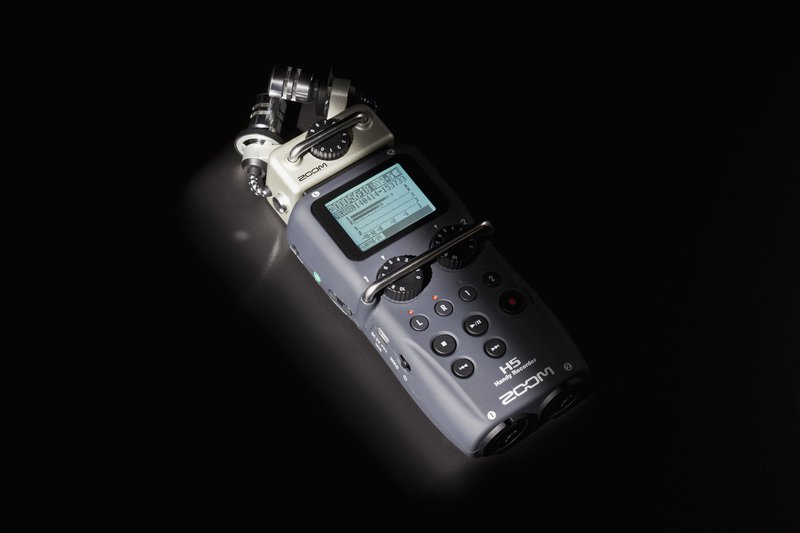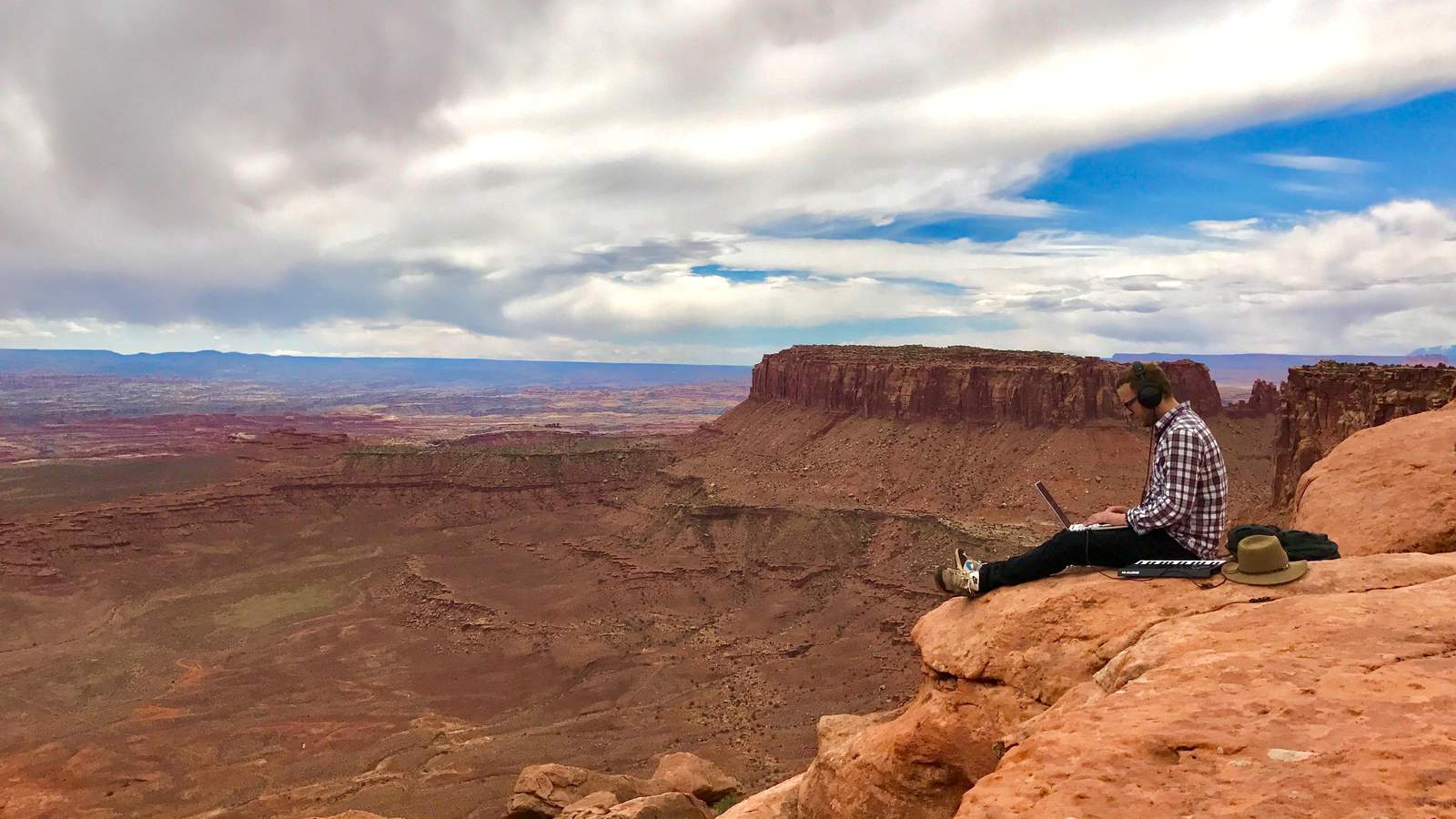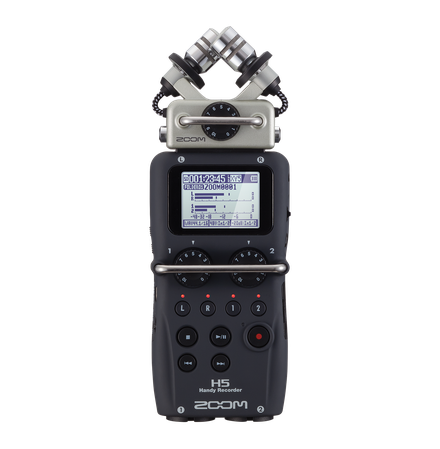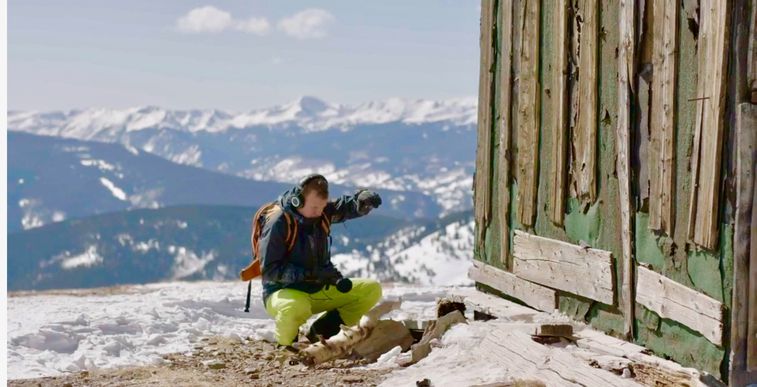
From collaborating and co-writing with top writers and producers around the world to utilizing field recordings of nature to create original music scores for companies like Red Bull and Facebook, sound design is crucial to every project producer and composer Ross Lara touches. Lara recently sat down to talk to us about the importance of positive thinking and how the natural beauty of his home state of Colorado inspires his creative approach.
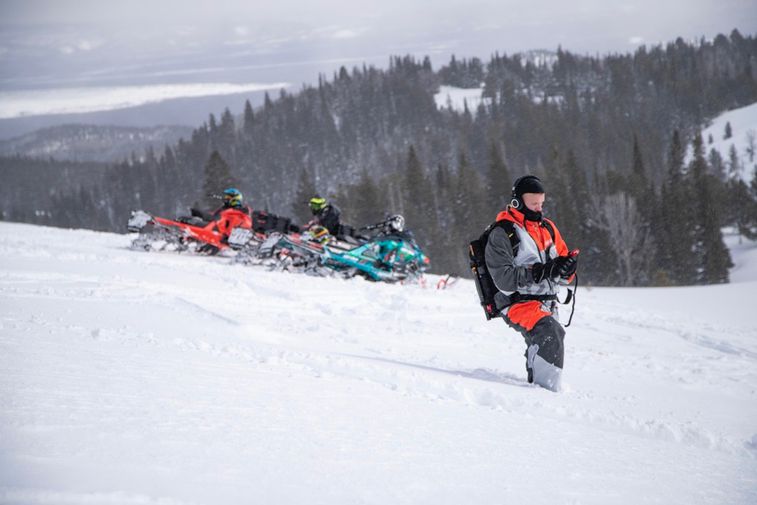
How did you first get involved with music and sound design?
My interest and passion for music started when I was 13 years old. My neighbor had two turntables and a mixer. He showed me the world of electronic music and my life has not been the same since. When I was 17, I had a family friend who showed me the art of putting together songs with a DAW and a keyboard. That’s when things really started to click and I was getting excited about music. I was already an electronic music lover, and sound design is such an integral part to that genre of music.
When those two worlds collided—electronic and pop music—the sound design element became critical. It is a very natural, common thing that a lot of producers focus on coming from those two worlds.
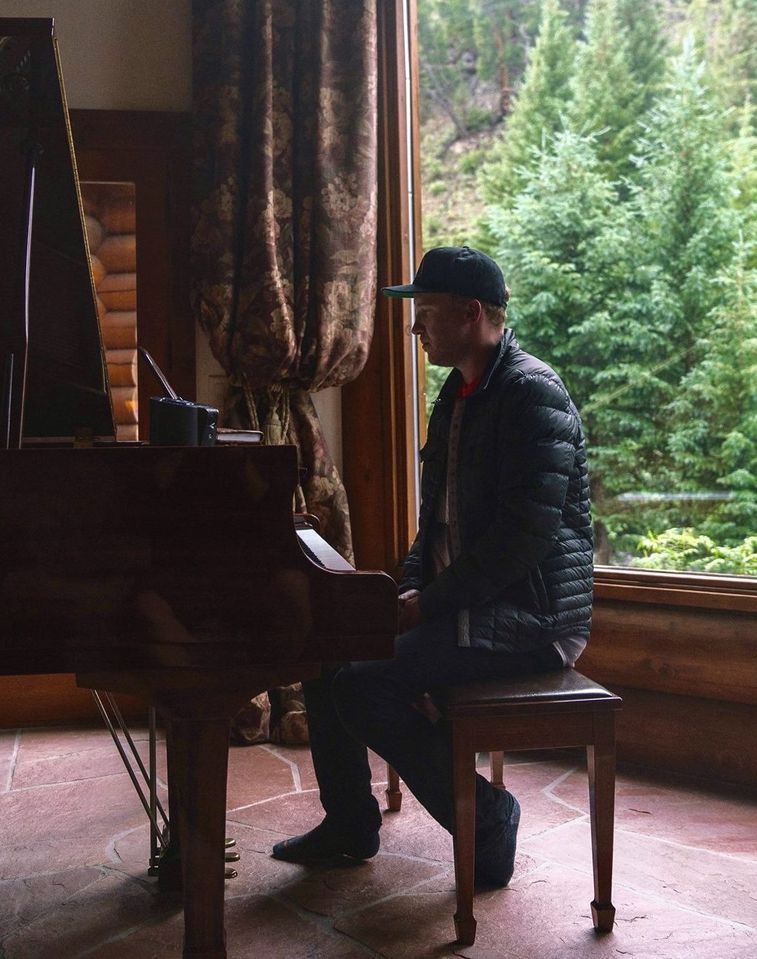
What were your first professional opportunities as a musician and sound designer? How did this impact your development?
I did a lot of touring and DJ’ing before I turned 22. After graduating from Full Sail University in Orlando, I relocated to Nashville and I worked on a publishing deal with a renowned A&R firm. After some aggressive networking, I got an opportunity to work with DJ/producer Paul Oakenfold, a 3-time Grammy Award winner and recognized by DJ Magazine as the #1 DJ in the world in 1998 and 1999. Paul has done some heavy remixing, including work with U2, Moby, Madonna, The Cure, The Rolling Stones, Michael Jackson and many more great artists.
I worked with him as an in-house co-writer, producer and engineer. That was a really interesting time. I was 23 and I moved to LA and enjoyed it to the fullest. I was still on the grind though and had to do things like sleep in my car when Paul was on tour or his house was unavailable. I was involved in a lot of exciting songwriting and production sessions from the Tron soundtrack to Britney Spears and even Paul’s own solo albums.
The sound design element is a big part of the work. I consider myself a musical sound designer. I have done foley in the past, but my passion and experience is focused on conceptualizing intricate melodic and tonal sounds to lift a piece of music or cue for a score. I think of sound design as being the counterpoint to the music.
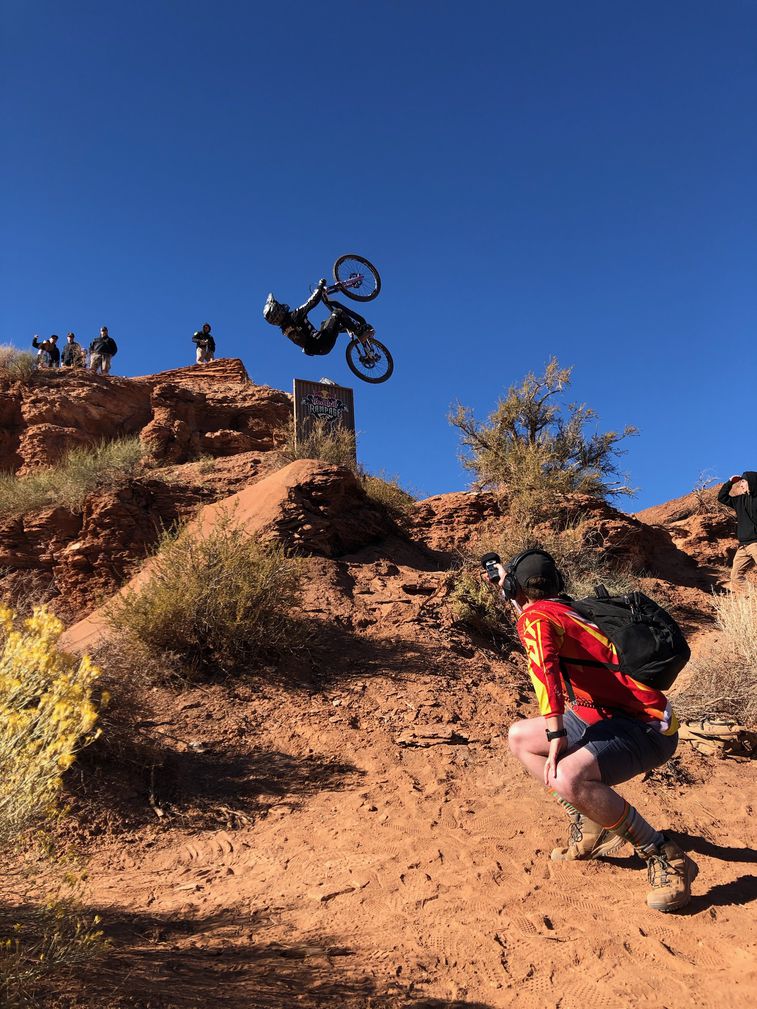
You often incorporate the sounds of nature into your music. What inspired this unique approach? What’s your workflow for transforming the sounds you record into musical ideas?
If I’m not in the studio, I love to be outside. I love snowmobiling, skiing, mountain biking, hiking, and doing these activities with my wife or with my friends. I grew up doing similar activities with my parents as well. With all those experiences, I just started to listen to my surroundings a bit more. I found myself using my phone, and eventually Zoom recorders to capture all of these sounds. Living in Colorado and being an outdoor lover is what inspired me to pursue this approach.
One particular and extremely exciting project that I worked was Red Bull Rampage. I went to the site of the event in Utah and recorded all the sounds of the largest downhill mountain bike free ride event. When I started composing the music and the soundtrack, I would start dumping in these sounds. For example, I recorded bike spokes with the wheels spinning. You can take those clicks and make them high hats or wash that recording with reverb and reverse it and that’s like a really great musical riser. I did one where I took Zoom recordings of all these big multi-gallon water buckets at the summit of the mountain. I put my Zoom recorder in the middle and I struck the buckets and these drum tones were big, fat and beautiful. And my Zoom H5 recorder captured it beautifully. I constructed all the beats for those songs from the recordings I captured.
How do your creative ideas evolve? What happens between the initial idea for a project and the finished product?
It changes all the time! Typically, my composition work starts at a piano or an analog synthesizer. Sometimes it is a particular sound that inspires a new melody or chord progression. I try to get the melodic content solidified first, and then focus on the nuts and bolts of the musical sound design. After the composition process is finished, that’s when I typically dive in to the production, programming and mixing side of the process. Throughout the process, I will spend a lot of time in nature, exploring the woods and wilderness here in Colorado. I get a lot of inspiration and new sounds from these adventures.
What role does sound design play in the overall impact of a piece of music?
In certain types of music that I produce, musical sound design is really intricate. Synthesizers are amazing for sound design. You can pretty much build and tweak any tone that you hear in your head—whatever you can think of, you can do it. You can mangle things and run a very pretty melodic top line through fuzz distortion and outboard reverb and then back in, or use multipass filters and LFO resonators. The list goes on, you can get really weird and creative. I also love to take the field recordings I capture in nature and marry those tones with the acoustic or electronic instruments in my music.
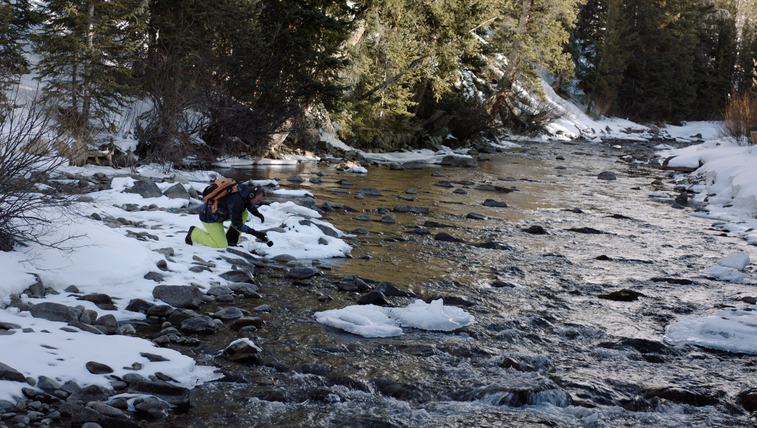
Modern technology has enabled professionals to work remotely on projects together. How does it differ from working together in a studio?
70% of my work has always been remote over the years. But nothing beats working in the studio, especially with people you have built a personal and creative relationship with. With the Spacies, Dave and I will just get in the studio and drink and eat and have fun and talk shop and nerd out about gear. Sometimes a song doesn’t come out of it. But when the songs do come out of those hang sessions, they are always a lot of fun and very inspiring. I do miss working with people at times.
Rock Waterfall
Audio
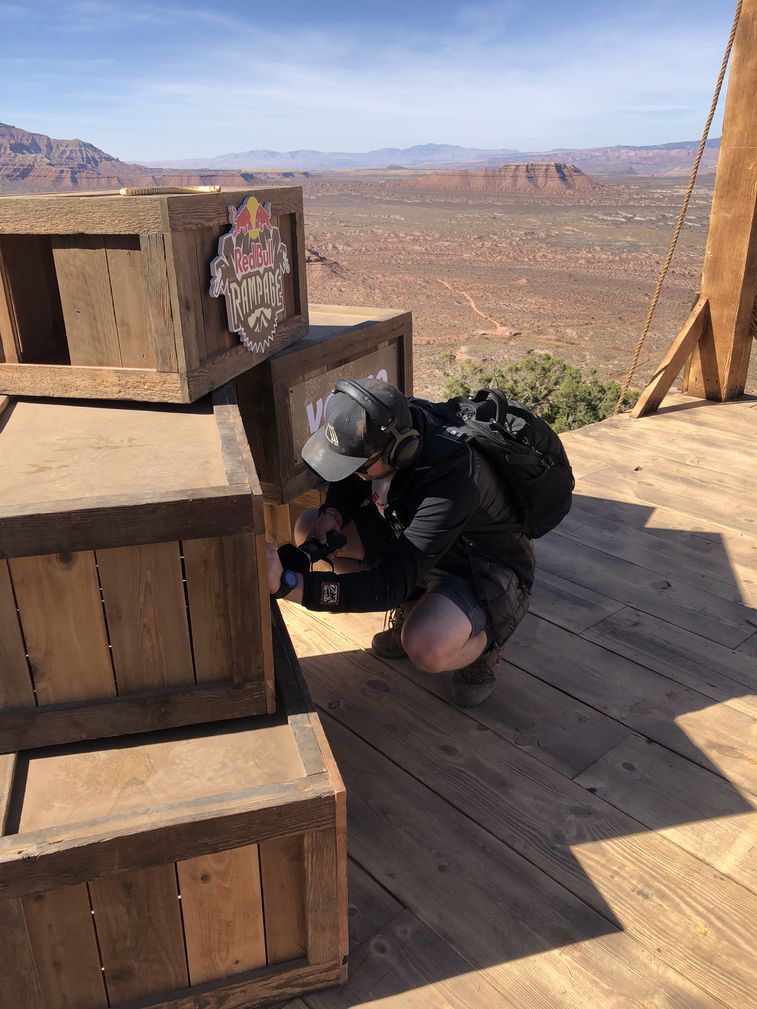
In addition to composing music for Red Bull and Facebook, you’ve collaborated with producers like Paul Oakenfold and you’re also a member of electronic pop duo The Spacies. How do you adjust your creative approach when working on different types of projects?
Those names and credits mentioned are not all happening all at once right now, or even in the past six months. Fortunately I’ve been in different parts of my career and different parts of life where I’ve had the brain space for it. Even with the variety of projects, there tends to be continuity between all our projects. I try to bring a fresh approach internally to all of these projects.
When I work on music for Red Bull and do soundtracks for them, it’s a lot like taking creative direction from a director. With Paul Oakenfold, I was assisting him in his vision. I would do whatever I could to help him make the song better. It’s a really special project because we can do whatever we desire. We don’t have labels or deadlines that are looming over us. We have exciting plans to start writing a musical that may come out in a year or two!
Right now, I am scoring a video game, breaking ground on a short film, participating in a few cutting-edge AI prototypes, producing The Spacies and a handful of other things. So calendar organization is really key for coordinating my time. I find myself composing and writing in the late afternoon and evening, when I don’t need my ears to be super aware of mixing frequencies.
How do you find the next gig? Do you let the work come to you, or do you actively seek out projects you’re interested in working on?
I used to be a big cold caller, but not so much anymore. In the past, my business partner and I would walk down Sunset Blvd and knock on the doors of management companies to play them music. We’ve always been active with reaching out to people. I’m adamant on reaching out to filmmakers in the outdoor/adventure/extreme sports world.
For the video game I’m working on now, there was a dating phase. Last December, they asked us to write a couple cues for how we might approach the game and style. We went back and forth for a month or two. Then we got hired. So it kind of ebbs and flows.
I’m a big believer in putting things in the circle of the future. If there’s someone I really want to work with, I write it down on paper, and I meditate on it. That’s been the case for many collaborations that I’ve had in my career.
If I had not taken some detours, some losses, and some victories, then I would not be where I am today."
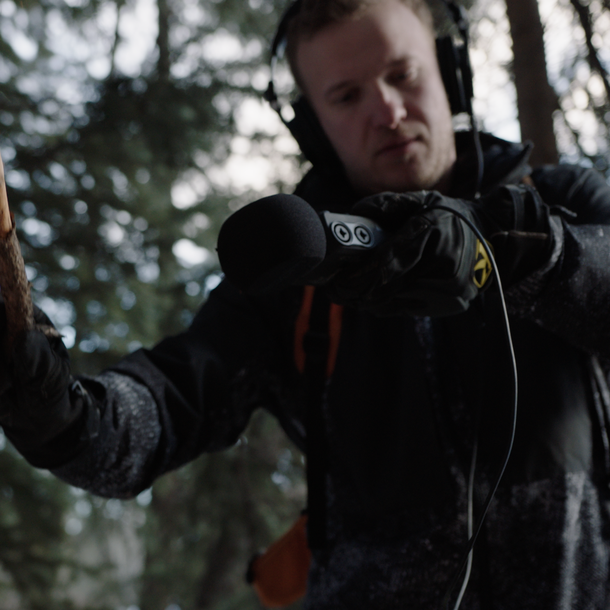
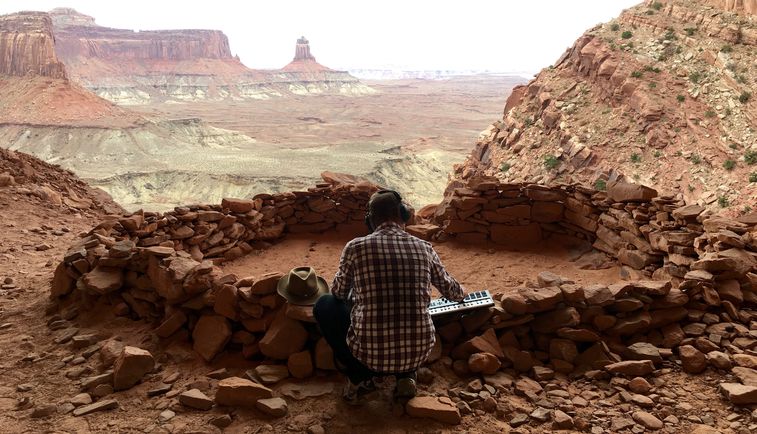
What kind of advice would you give to someone who wants to pursue a career in music production and sound design?
Pursue music for the love. Don’t worry about your perception to others. Take risks. Get outside your comfort zone. Learn an instrument. Don’t rely on MIDI. Learn how to mic instruments. Learn basic entrepreneurship, business tactics and mindsets. If you’re working in music and being your own boss, you are running an independent business. Push yourself to get out of a comfort zone, even if you are shy. Go talk to people and network.
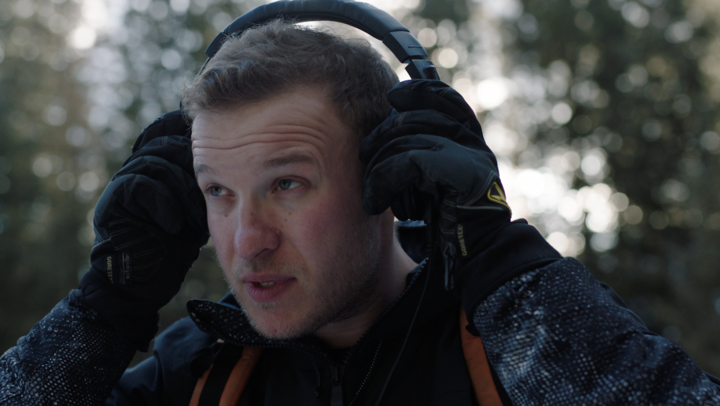
Where do you see the music and sound design industries going in the near future? What opportunities and challenges are there, and how can professionals adapt?
My gut reaction is that AI is becoming a very predominant part of technology in music. I can say that because we’re working on multiple AI projects now with some companies on the forefront of technology and media. It’s truly ground breaking. AI is coming, and it’s here to stay.
Lastly, what Zoom products do you use? How does Zoom help you achieve your goals?
I have a bunch of the Zoom H5 Handy Recorders. They are fantastic. I bring them with me literally everywhere. I keep one in my car, one in my backpack, and one in my studio. It’s a simple and effective way to capture ideas anywhere with high quality.
While recording for The Spacies, David and I found an abandoned gold mine in Colorado, at 12,300 feet. The gold mine went into the mountain about 300 feet. We brought our Zoom recorder and recorded vocals for our song “This One” in the cave! The reverb we captured was the most musical sounding plate-styled reverb I’ve ever heard. It was awesome! We found a very tasteful balance of using the recordings from the gold mine and blending that with the lead vocal from the studio. So the reverb you hear on that recording isn’t from a plug-in… it’s from a gold mine at 12,300 feet!
That is the definition of unique—one of a kind, nothing like it out there. No algorithm could get that. You hear water droplets in the background. We did not know the condition of the cave but we took the risk. But we got the sound we were looking for. And if you wanted to recreate that sound, you would have to hike up there again with the exact same conditions. That’s what Zoom does for us.
